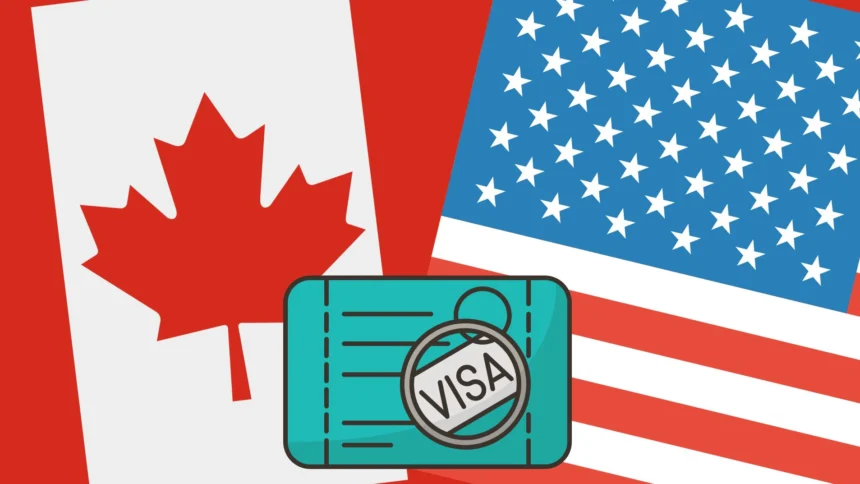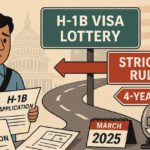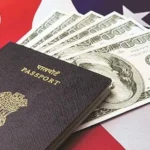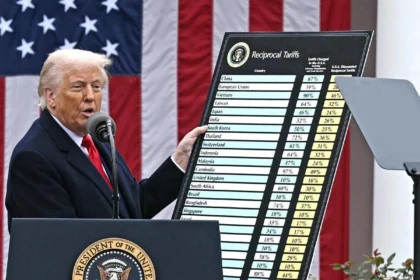When it comes to building a global career, two of the most common pathways for skilled professionals are the H-1B visa in the United States and Permanent Residency (PR) in Canada. Both open doors to world-class opportunities, but they are fundamentally different in terms of structure, benefits, risks, and long-term security.
In this blog, we’ll compare H-1B and Canada PR in detail — fees, process, stability, job opportunities, salaries, lifestyle, and future prospects. If you are deciding between these two, this guide will give you clarity.
1. What is the H-1B Visa?
The H-1B is a nonimmigrant, employer-sponsored U.S. visa designed for specialty occupations requiring at least a bachelor’s degree.
Key Features:
- Temporary: Valid for 3 years, extendable to 6 years.
- Employer-controlled: You can only work for the sponsoring employer.
- Annual lottery: Capped at 65,000 visas + 20,000 for U.S. master’s degree holders.
- Path to Green Card: Possible, but uncertain due to long wait times (especially for Indian applicants).
Pros: Access to the U.S. job market, high salaries, exposure to tech hubs like Silicon Valley.
Cons: Lottery system, job dependency, uncertain Green Card timeline, high fees.
2. What is Canada PR?

Canada Permanent Residency (PR) allows you to live and work in Canada indefinitely. Most applicants go through the Express Entry system, which ranks candidates based on education, age, work experience, and language proficiency.
Key Features:
- Permanent: 5-year PR card, renewable, with path to citizenship.
- Independent: Not tied to one employer; you can switch jobs freely.
- Points-based: Selection based on skills, not lottery.
- Family-friendly: Your spouse and children also get PR.
Pros: Stability, healthcare benefits, direct path to citizenship, free education for children.
Cons: Lower average salaries than the U.S., cold climate in many provinces, longer job search for newcomers.
3. Fees & Costs

H-1B Visa Costs (Employer-sponsored):
- Lottery registration: $215
- USCIS filing fee: $780
- ACWIA fee: $750–$1,500
- Fraud prevention fee: $500
- Premium processing (optional): $2,500
- Attorney fees: $2,000–$4,000
- NEW (2025): $100,000 one-time fee for new petitions outside the U.S.
Total: Could reach $105,000+ for new international hires in 2025.
Canada PR Costs (Express Entry):
- Express Entry application: CAD $1,365 per adult (~USD $1,000)
- IELTS/CELPIP test: CAD $300 (~USD $220)
- Educational Credential Assessment: CAD $250 (~USD $185)
- Medical exam & biometrics: CAD $300 (~USD $220)
- Proof of Funds: CAD $14,690 (for a single applicant, more for families) — must be shown but not paid.
Total: Usually under USD $2,000–$3,000 (excluding proof of funds).
Verdict: Canada PR is far cheaper than H-1B sponsorship.
4. Salary Comparison
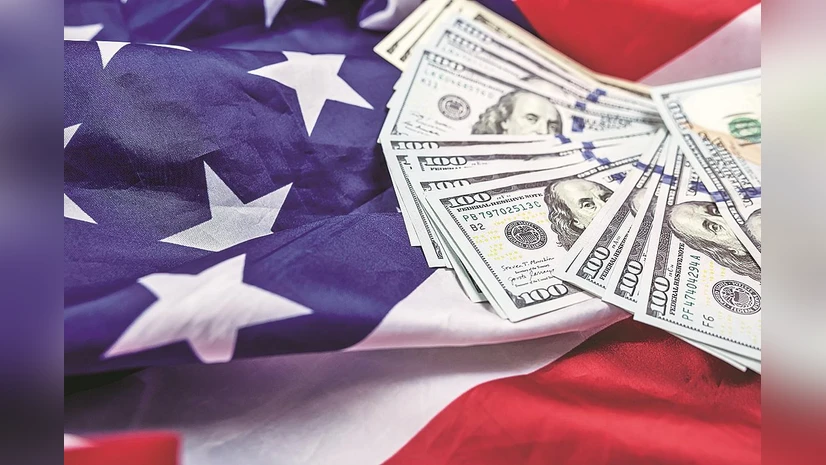
- U.S. (H-1B workers):
- Software Engineers: $90,000 – $150,000+
- Data Scientists: $95,000 – $160,000
- Healthcare: $80,000 – $140,000
- Finance: $75,000 – $120,000
- Canada (PR holders):
- Software Engineers: CAD $70,000 – $120,000 (~USD $52,000 – $90,000)
- Data Scientists: CAD $75,000 – $130,000 (~USD $55,000 – $95,000)
- Healthcare: CAD $60,000 – $100,000 (~USD $45,000 – $75,000)
- Finance: CAD $65,000 – $110,000 (~USD $48,000 – $82,000)
Verdict: Salaries are generally higher in the U.S., but Canada offers lower cost of education and healthcare.
5. Stability & Security
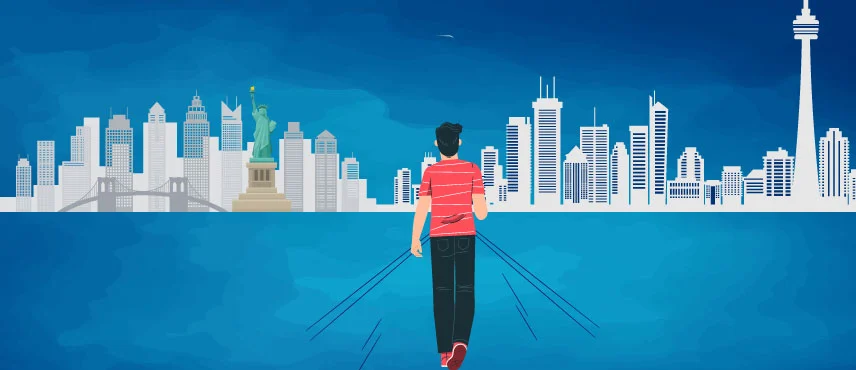
- H-1B:
- Temporary, dependent on employer.
- If you lose your job, you have 60 days to find another sponsor.
- Long Green Card wait for Indian and Chinese nationals (can be decades).
- Canada PR:
- Permanent from day one.
- Free to change jobs, industries, or even start a business.
- Path to citizenship in 3 years of residency.
Verdict: Canada PR is much more secure and stable.
6. Lifestyle & Benefits
- U.S. (H-1B):
- Higher salaries, dynamic tech ecosystem.
- World-class universities for children.
- Expensive healthcare (unless employer-provided).
- Uncertain immigration future.
- Canada (PR):
- Free healthcare under public system.
- Free education up to high school.
- Family benefits, child allowances, and worker protections.
- Multicultural, immigrant-friendly environment.
- Harsher winters in many provinces.
7. Which is Better?
It depends on your goals:
- Choose H-1B if:
- You want very high salaries and are ready to take risks.
- You’re willing to go through a lottery system.
- You aim for U.S. Green Card and can wait years.
- Choose Canada PR if:
- You want stability and security for your family.
- You prefer a clear, points-based system without luck involved.
- You want healthcare, education, and faster citizenship.

